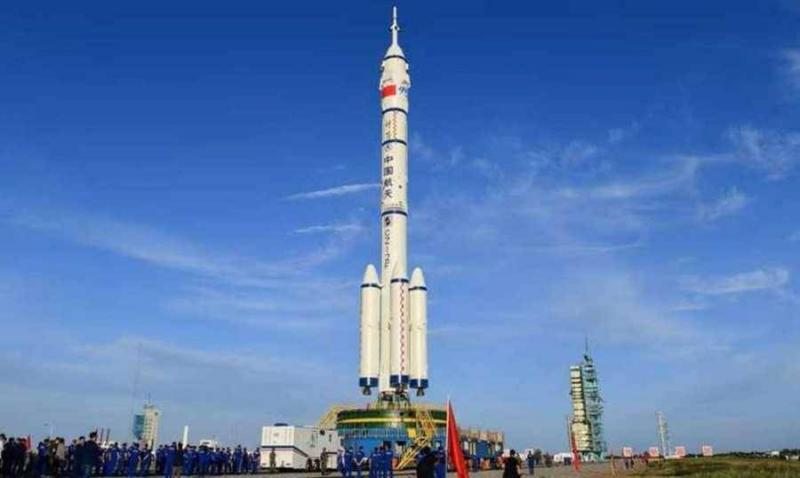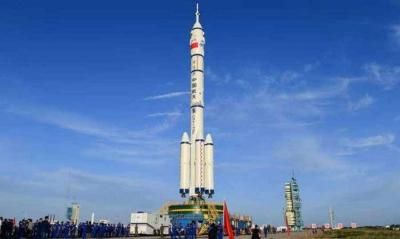On Thursday, China sent a new crew to the Tianhe space station as part of a program aimed at sending astronauts to the moon by 2030, according to Chinese state media. The "Shenzhou-18" mission, which includes three astronauts, lifted off at 8:59 PM local time (12:59 PM GMT) from the Jiuquan Satellite Launch Center in northwest China, and the vehicle was mounted on a Long March-2F rocket. The official Xinhua News Agency reported that the launch operation was "entirely successful."
The crew is led by astronaut Yi Guangfu, who was previously part of the Shenzhou-13 crew in 2021. The mission also includes astronauts Li Kong and Li Guangsu, both of whom are on their first space flight. The China Manned Space Agency (CMSA) indicated that the crew will stay at the Tianhe station for six months to conduct experiments in "fields of basic microgravity physics, space material sciences, space life sciences, space medicine, and space technology."
The Tianhe station is the main project of China's space program, which has also successfully landed robotic vehicles on Mars and the Moon, and enabled China to become the third country to send humans into orbit. The Tiangong station, completed in 2022, is expected to operate in low Earth orbit at an altitude of 400 to 450 kilometers for at least ten years. The station's crew consists of rotating teams of three astronauts.
The new crew will replace the team from the Shenzhou-17 mission, which was sent to the station in October. China is investing billions of dollars to keep pace with, or even surpass, major players in the space sector (the United States, Russia, and Europe) regarding explorations, research, and satellite launches, amid the growing projects linked to China's "space dream" under President Xi Jinping. China plans to send astronauts to the Moon by 2030 and to build a base there.




